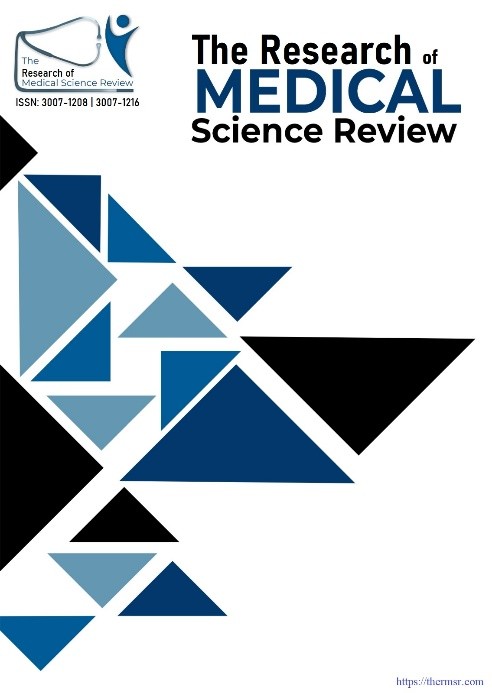MOTOR LEARNING APPROACHES IN CHILDREN WITH CEREBRAL PALSY: A NARRATIVE REVIEW
Main Article Content
Abstract
Background: Cerebral Palsy (CP) is the most common neurological condition in children, with a prevalence of 1.5 to 2.5 per 1000 live births, leading to permanent disorders of movement and posture. Beyond primary motor impairments, children with CP often experience significant difficulties in acquiring and refining motor skills due to altered neuromotor control, spasticity, and coordination deficits. Traditional rehabilitation has predominantly focused on impairment-level interventions. However, there has been a paradigm shift toward activity-based, functional approaches that integrate motor learning principles to promote skill acquisition, retaining, and generalization.
Objective: This narrative review aims to summarize the theoretical frameworks and practical applications of motor learning approaches in children with cerebral palsy, providing insights into evidence-based strategies that enhance rehabilitation outcomes.
Methods: A comprehensive search of relevant literature was conducted across PubMed and PEDro databases while some articles are retrieved from Google Scholar directly. Key search terms included "Cerebral Palsy," "Motor Learning," "Task-Oriented Training," "Feedback Strategies," and "Pediatric Rehabilitation." Studies focusing on motor learning interventions in children with CP, including randomized controlled trials, observational studies, and review articles published between 2021 and 2025, were included.
Results: The review highlights several motor learning strategies applied in CP rehabilitation, including Task-Specific Training (TST), Constraint-Induced Movement Therapy (CIMT), Bimanual Training, Virtual Reality (VR), Robotic-Assisted Therapy, Action Observation (AO), and Motor Imagery (MI). Core motor learning principles such as structured feedback (Knowledge of Results and Knowledge of Performance), practice conditions (blocked vs random, massed vs distributed, variable vs constant practice), and motivation-enhancing strategies are critical in facilitating skill acquisition. Emerging evidence supports the efficacy of these interventions in improving upper limb function, gait patterns, and overall functional independence. However, variations in study protocols, small sample sizes, and heterogeneity in CP presentations pose challenges in standardizing treatment approaches.
Conclusion: Motor learning provides a robust framework for designing effective rehabilitation interventions in children with cerebral palsy. Integrating principles of task specificity, optimal feedback, adaptive practice conditions, and child-centered motivation strategies can significantly enhance motor outcomes. further longitudinal and large-scale studies are needed to establish standardized protocols and explore the integration of advanced technologies in motor learning-based interventions. Clinicians are encouraged to adopt individualized, evidence-based motor learning approaches to maximize functional gains in pediatric CP rehabilitation.
Downloads
Article Details
Section

This work is licensed under a Creative Commons Attribution-NonCommercial-NoDerivatives 4.0 International License.
